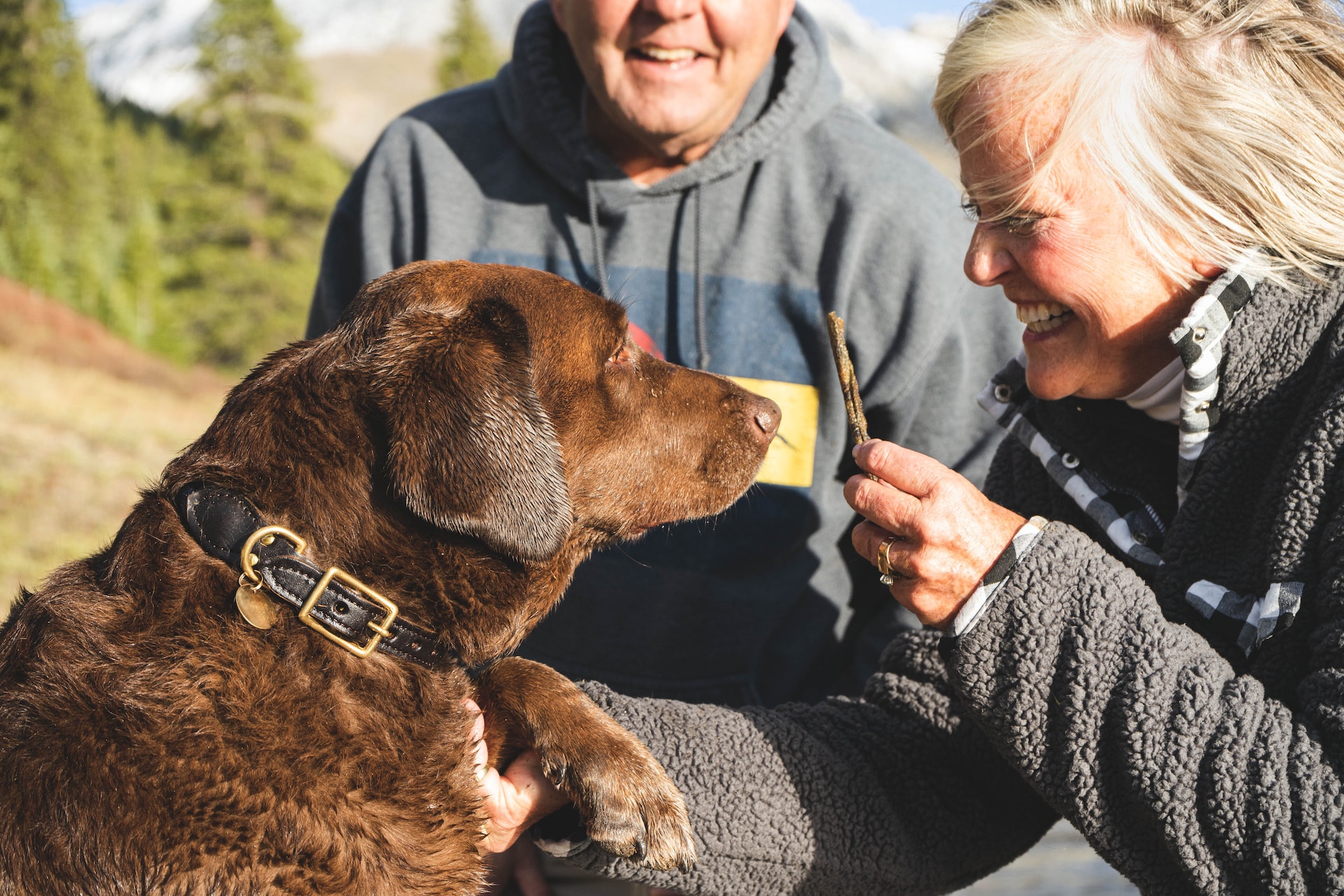Our dogs aren't just pets - they're close, valued members of the family that are loved dearly by everyone. But did you know there's much more to them than just how cute and adorable they look? Today, we're going to share with you 45 fun and interesting facts about your pet dog that you'll be surprised to learn about. Who knew they were holding such secrets?
1. The Power of Puppy Eyes
Dogs have evolved to be able to communicate with humans through their eyes. When your dog gives you those irresistible puppy eyes, you just know they either want some treats or they want to play outside.
 Photo by David Clarke on Unsplash
Photo by David Clarke on Unsplash
2. Dogs Dream Just Like Us
Just like humans, dogs enter a deep sleep stage where they dream. You might notice them twitching or moving their paws in their sleep, likely dreaming about their day's adventures.
 Photo by Cristina Anne Costello on Unsplash
Photo by Cristina Anne Costello on Unsplash
3. Unique Nose Prints
A dog's nose print is unique, just like a human's fingerprint. Some organizations even use nose prints for identifying and registering dogs.
 Photo by Undine Tackmann on Unsplash
Photo by Undine Tackmann on Unsplash
4. Understanding Time
Dogs have a sense of time and can predict future events, like regular walk or meal times. This is why your pup may get restless around the time you usually come home!
 Photo by Kara Eads on Unsplash
Photo by Kara Eads on Unsplash
5. Tail Wagging Secrets
A dog's tail wagging is its own language. Generally, wagging to the right signifies happiness, while to the left indicates fear or uncertainty. A low wag can mean insecurity, and a rapid wag is a sign of excitement.
 Photo by Hermes Rivera on Unsplash
Photo by Hermes Rivera on Unsplash
6. Superior Hearing
Dogs can hear frequencies up to 45,000 Hz while humans can only hear up to about 20,000 Hz. This extraordinary hearing ability explains why dogs react to high-pitched noises that we can’t hear.
 Photo by Rebecca Campbell on Unsplash
Photo by Rebecca Campbell on Unsplash
7. Color Perception
Contrary to popular belief, dogs don't see in just black and white. They actually see in shades of blue and yellow, which helps them identify certain objects and movements better.
 Photo by Victor Grabarczyk on Unsplash
Photo by Victor Grabarczyk on Unsplash
8. Whisker Sensitivity
A dog's whiskers are highly sensitive. They can detect tiny changes in air currents, helping them sense approaching dangers or understand their surroundings better.
 Photo by freestocks on Unsplash
Photo by freestocks on Unsplash
9. Wet Noses for Better Smell
Dogs have wet noses to help absorb scent chemicals. This moisture helps them smell better by dissolving the chemicals, enhancing their already impressive sense of smell.
 Photo by Ana Silva on Unsplash
Photo by Ana Silva on Unsplash
10. Breath as a Cooling System
Dogs pant to cool down. Unlike humans, dogs don't sweat through their skin. Panting helps them regulate their body temperature on hot days or after exercise.
 Photo by Mia Anderson on Unsplash
Photo by Mia Anderson on Unsplash
11. Healing Power of Cuddles
Cuddling with dogs releases oxytocin in the human brain, the same hormone linked to love and bonding. It reduces stress and can create a stronger bond between you and your pet.
 Photo by Eric Ward on Unsplash
Photo by Eric Ward on Unsplash
12. Born to Run
Many dog breeds have a natural instinct to run, and they can reach impressive speeds. Greyhounds, for instance, can run up to 45 miles per hour!
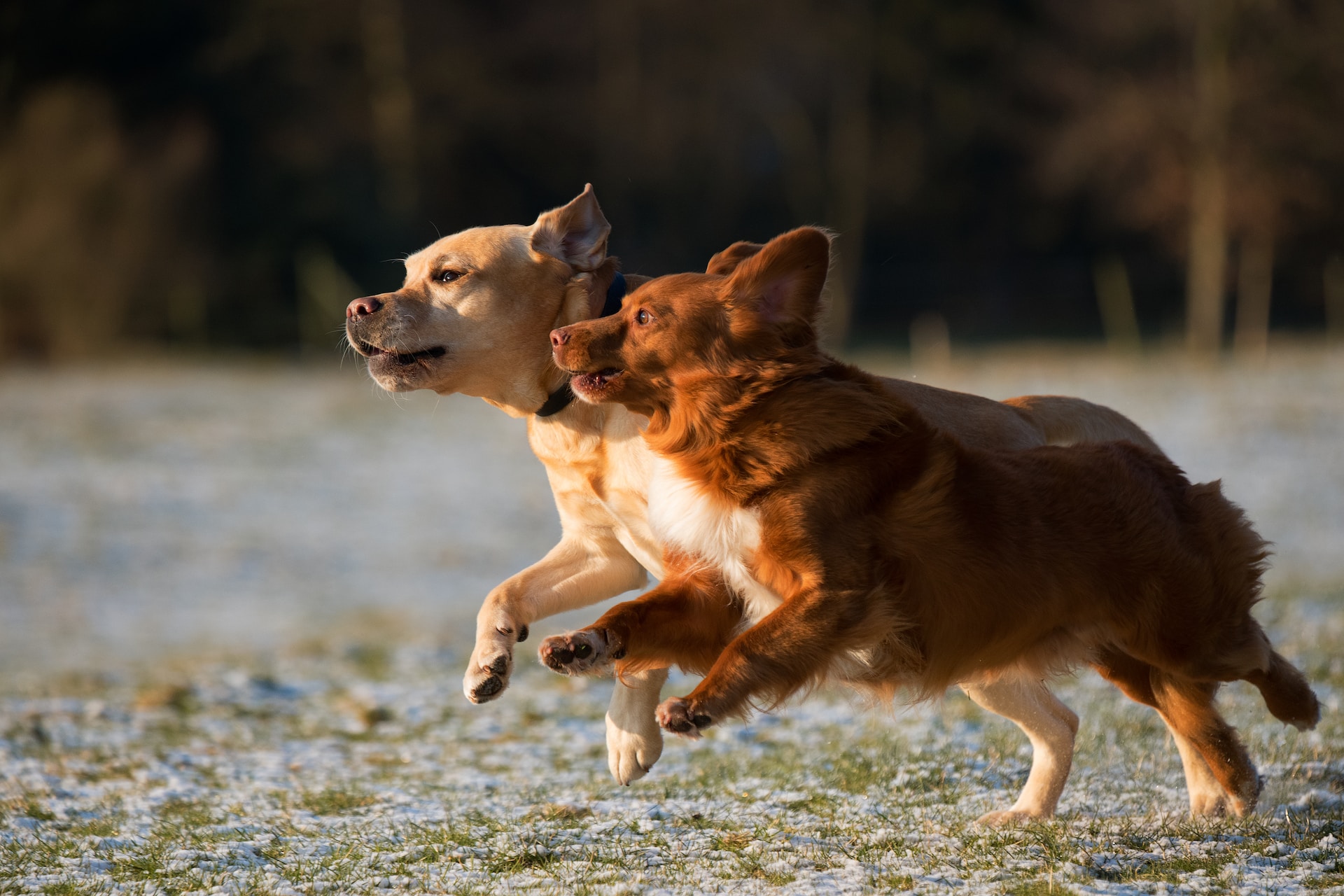 Photo by Vincent van Zalinge on Unsplash
Photo by Vincent van Zalinge on Unsplash
13. Canine Intelligence
Dogs are as smart as a two-year-old child, with the ability to understand up to 250 words and gestures. The smartest breeds include Border Collies, Poodles, and German Shepherds.
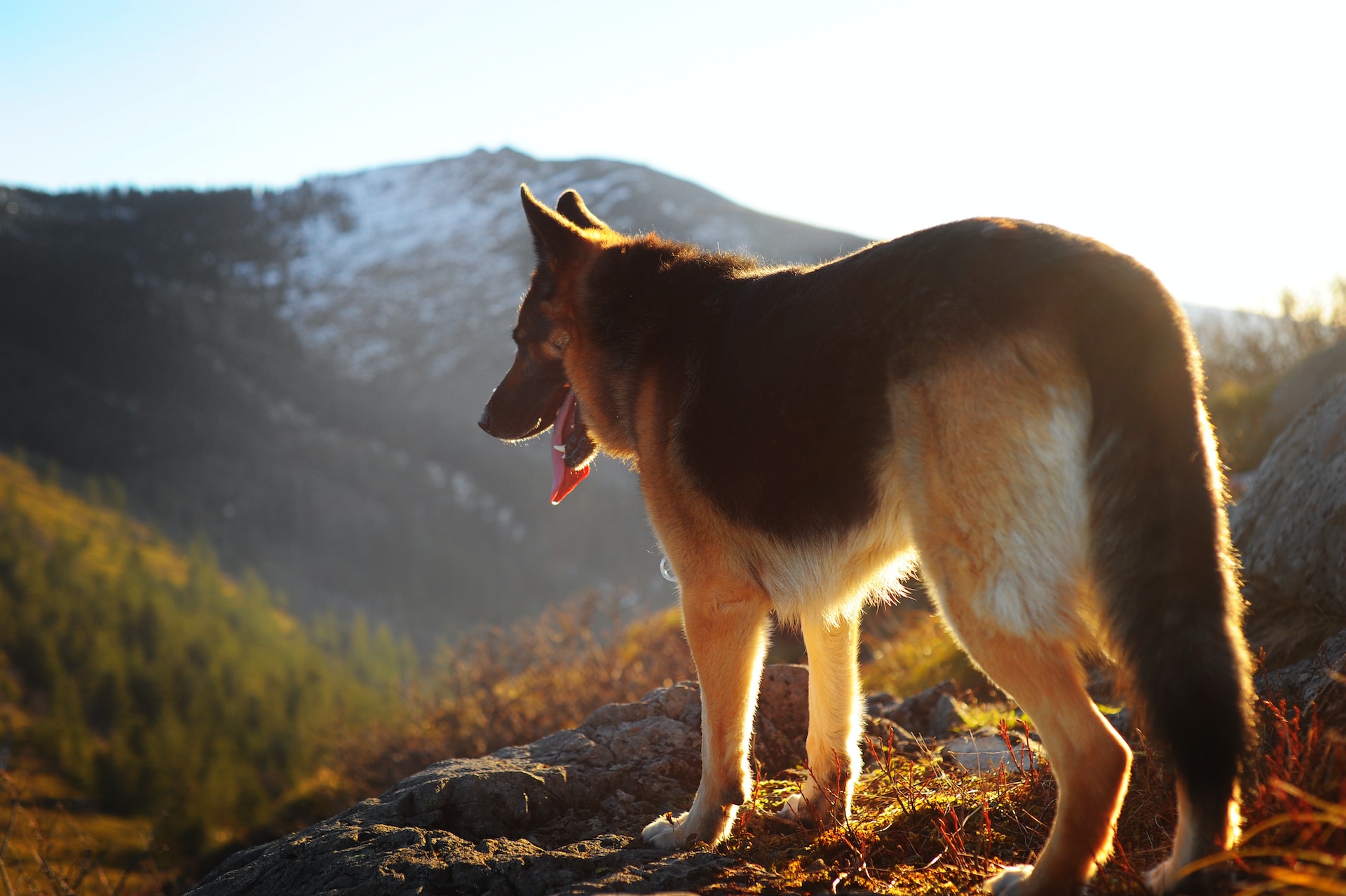 Photo by Yuriy Bogdanov on Unsplash
Photo by Yuriy Bogdanov on Unsplash
14. Love for Social Sleeping
Dogs are pack animals, and they enjoy sleeping with their pack for warmth and protection. Sleeping with your dog can also deepen your bond, as they consider you part of their pack.
 Photo by Bharathi Kannan on Unsplash
Photo by Bharathi Kannan on Unsplash
15. The Benefit of Regular Play
Regular playtime is not just fun for dogs; it also boosts their mental and physical health. It helps keep them fit, improves their cognitive abilities, and can reduce behavior problems.
 Photo by Viktor Nikolaienko on Unsplash
Photo by Viktor Nikolaienko on Unsplash
16. Dogs' Sense of Smell
A dog's sense of smell is about 10,000 to 100,000 times more acute than ours. This incredible ability allows them to pick up on scents we can't even begin to detect.
17. Canine Communication
Dogs communicate with each other (and us) through a variety of vocalizations, body postures, and facial expressions, creating a rich language that is fascinating to observe and interpret.
18. The Oldest Dog Breeds
Some of the oldest known dog breeds include the Saluki, Basenji, and Tibetan Mastiff. These breeds have histories that go back thousands of years.
 Photo by Geike Verniers on Unsplash
Photo by Geike Verniers on Unsplash
19. Dogs' Sweat Glands
While dogs mainly cool down through panting, they do have sweat glands in their paws. These glands are part of their natural temperature regulation system.
 Photo by engin akyurt on Unsplash
Photo by engin akyurt on Unsplash
20. Curly Tails as a Survival Feature
Curly tails in dogs like Pugs and Huskies served a purpose; they helped to protect vital parts of the body from extreme weather, like wrapping a fluffy tail over the nose in cold climates.
21. Puppy Love is Real
Puppies spend about 14 to 16 hours a day sleeping. This rest is crucial for their developing brains, bodies, and immune systems.
 Photo by Jenny Jackson on Unsplash
Photo by Jenny Jackson on Unsplash
22. The Fastest Breeds
Besides the Greyhound, other fast dog breeds include the Whippet and the Borzoi. These breeds are built for speed and have a long history of racing and hunting.
 Photo by Mark Galer on Unsplash
Photo by Mark Galer on Unsplash
23. The Healing Power of Dogs
Dogs are not only companions but also healers. Interacting with dogs has been shown to lower blood pressure, reduce anxiety, and increase levels of serotonin and dopamine, two neurotransmitters that play a big role in calmness and well-being.
 Photo by Jamie Street on Unsplash
Photo by Jamie Street on Unsplash
24. Yawning is Contagious
Just like humans, dogs can 'catch' yawns. This phenomenon is thought to be related to empathy and the bond between dogs and their owners.
 Photo by Shelley Kim on Unsplash
Photo by Shelley Kim on Unsplash
25. The Intelligence of Herding Dogs
Herding dogs are not just intelligent; they're also skilled in understanding and predicting the behavior of other animals, which is essential for their herding abilities.
 Photo by Jan Szwagrzyk on Unsplash
Photo by Jan Szwagrzyk on Unsplash
26. Dogs and Human Emotions
Dogs are capable of reading human emotions. They can pick up on subtle changes in our tone, body language, and even facial expressions.
 Photo by Manuel Meza on Unsplash
Photo by Manuel Meza on Unsplash
27. Loyal Companions
Historically, dogs have been known for their loyalty, with countless stories of dogs going to great lengths to protect or stay with their owners.
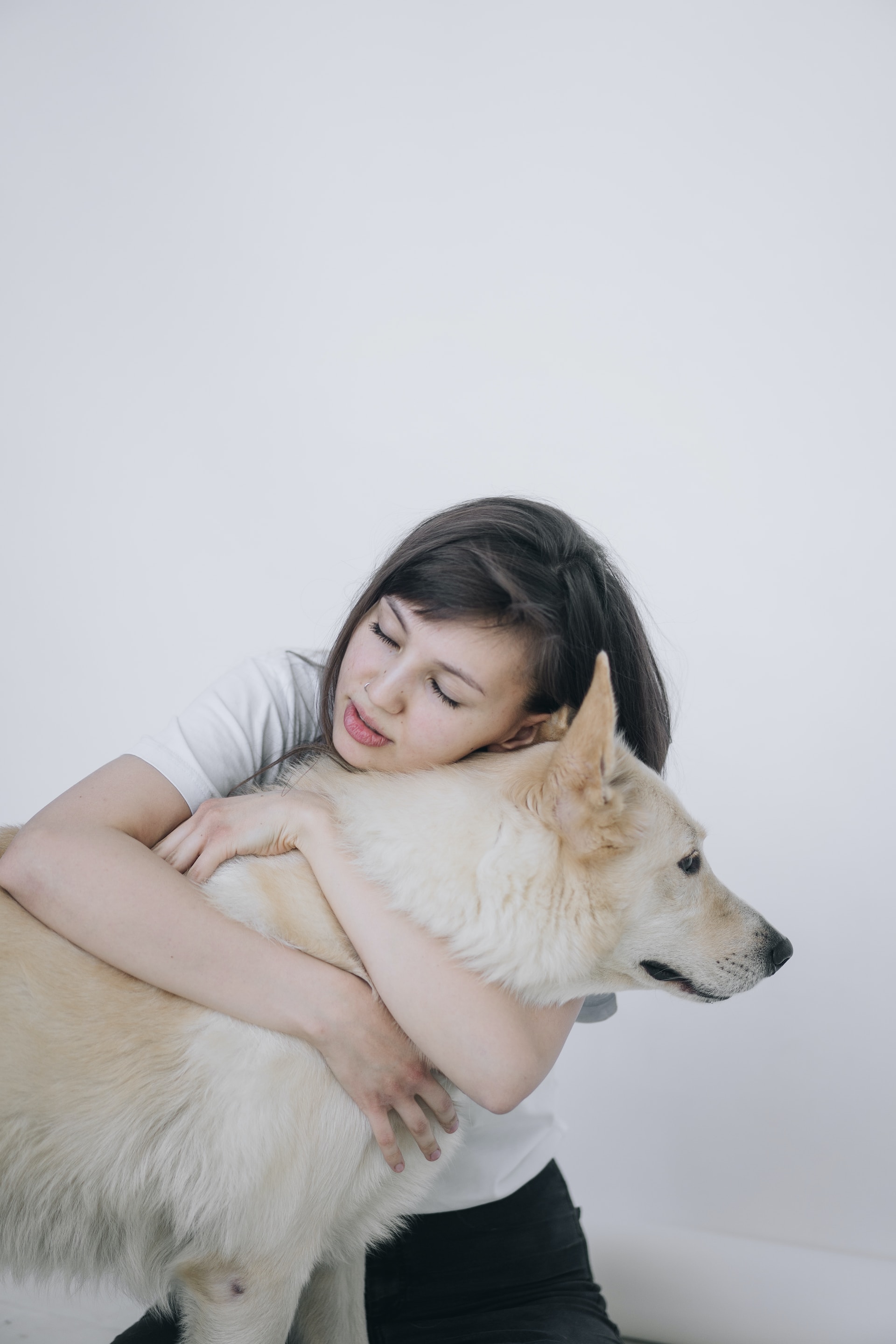 Photo by Sasha Sashina on Unsplash
Photo by Sasha Sashina on Unsplash
28. Dogs' Paw Pads
A dog's paw pads are made of a special fatty tissue that doesn't freeze as easily as other tissues, which helps them withstand cold surfaces.
 Photo by Erda Estremera on Unsplash
Photo by Erda Estremera on Unsplash
29. The Diversity of Dog Breeds
There are over 340 recognized dog breeds worldwide, each with unique characteristics, temperaments, and histories, showcasing the incredible diversity of this species.
 Photo by Hannah Lim on Unsplash
Photo by Hannah Lim on Unsplash
30. Canine Swimming Skills
Many dogs are natural swimmers, with breeds like the Labrador Retriever and Portuguese Water Dog being particularly adept. Swimming is a great exercise and fun activity for them.
 Photo by Murilo Viviani on Unsplash
Photo by Murilo Viviani on Unsplash
31. Dogs Can Understand Many Words
While the average dog can understand about 165 words, some particularly intelligent breeds can comprehend up to 250 words. This includes not just commands but also names of objects and people.
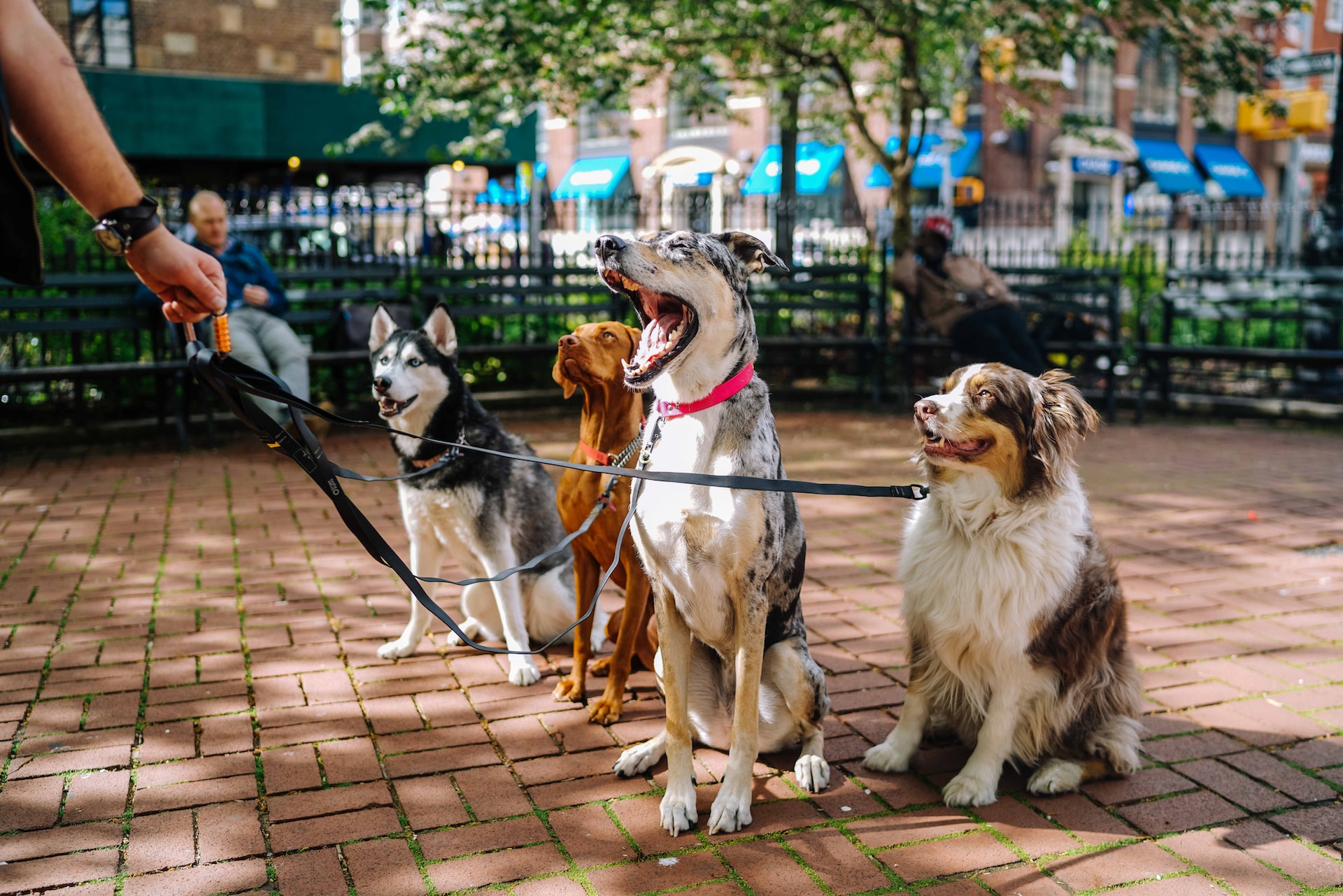 Photo by Matt Nelson on Unsplash
Photo by Matt Nelson on Unsplash
32. Left-Pawed or Right-Pawed
Just like humans are left or right-handed, dogs can be left-pawed or right-pawed. You can observe which paw your dog uses first to gauge their preference.
 Photo by Vincent van Zalinge on Unsplash
Photo by Vincent van Zalinge on Unsplash
33. Dogs Can Smell Your Feelings
Dogs can actually smell your emotional state and will often react accordingly. They can pick up on subtle changes in your scent, which can change with different emotions.
34. Canine Dental Care
By the age of three, most dogs show signs of dental disease. Regular dental care is as important for dogs as it is for humans to maintain overall health.
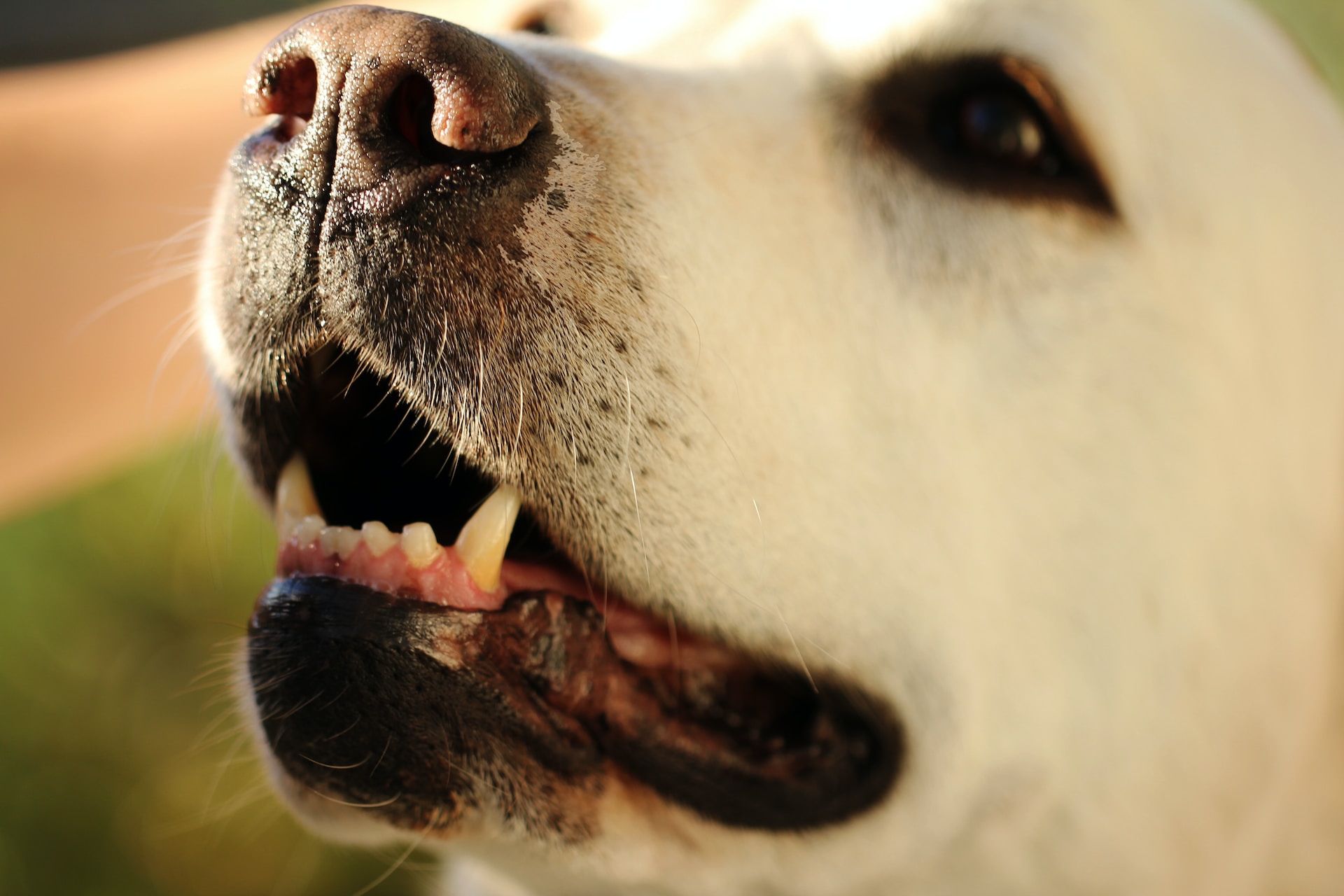 Photo by Sandy Millar on Unsplash
Photo by Sandy Millar on Unsplash
35. Dogs in Ancient History
Dogs were the first domesticated animal, with evidence suggesting they were domesticated from wolves at least 15,000 years ago, possibly even earlier.
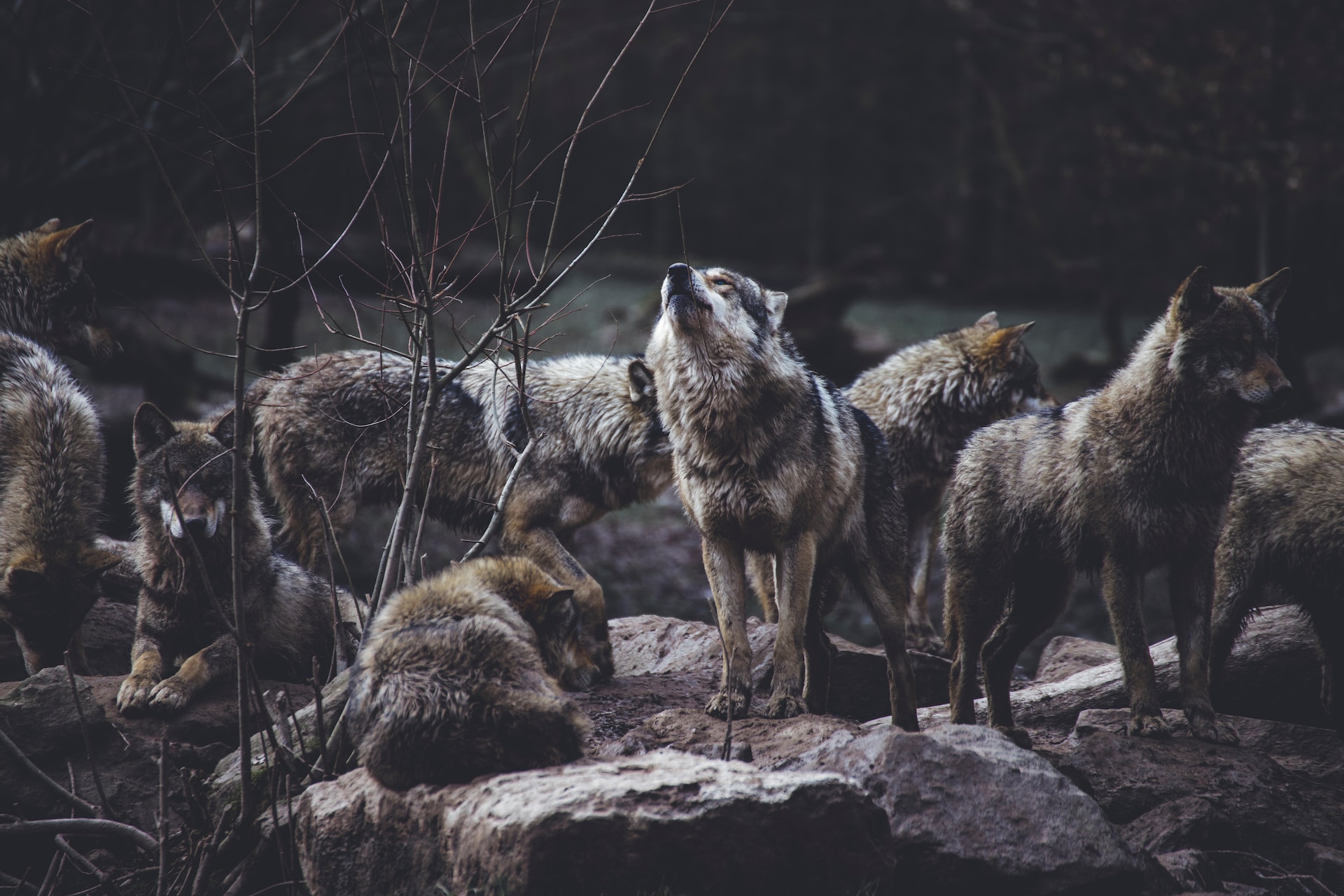 Photo by Thomas Bonometti on Unsplash
Photo by Thomas Bonometti on Unsplash
36. The Myth of One Human Year Equals Seven Dog Years
The common belief that one human year equals seven dog years is a myth. Dogs age more rapidly during their first two years, but then the aging process slows down, depending on the breed and size.
 Photo by Jamie Street on Unsplash
Photo by Jamie Street on Unsplash
37. Dogs' Impressive Field of Vision
Dogs have a wider field of vision than humans. Their peripheral vision is quite impressive due to the placement of their eyes, allowing them to see nearly 250 degrees around them. This wide view helps them spot movement quickly, an ability essential in their ancestral hunting days.
 Photo by Camilo Fierro on Unsplash
Photo by Camilo Fierro on Unsplash
38. The World's Tallest and Smallest Dogs
The Great Dane holds the record for the tallest dog, while the Chihuahua is known as the smallest breed. These extreme differences showcase the amazing variety within the canine world.
 Photo by Tobias A. Müller on Unsplash
Photo by Tobias A. Müller on Unsplash
39. Dogs' Coat Colors and Patterns
There are more than a dozen different coat colors and multiple coat patterns found in dogs. Each breed has its own unique range of acceptable colors and patterns.
 Photo by Bruce Warrington on Unsplash
Photo by Bruce Warrington on Unsplash
40. Dogs Have a Third Eyelid
Dogs have a third eyelid called the nictitating membrane. It helps protect the eye and keep it moist.
 Photo by Orian Lev Ari on Unsplash
Photo by Orian Lev Ari on Unsplash
41. Four Stages of a Dog's Life
A dog's life can be divided into four stages: puppyhood, adolescence, adulthood, and senior years. Each stage has its own care requirements and behavioral characteristics.
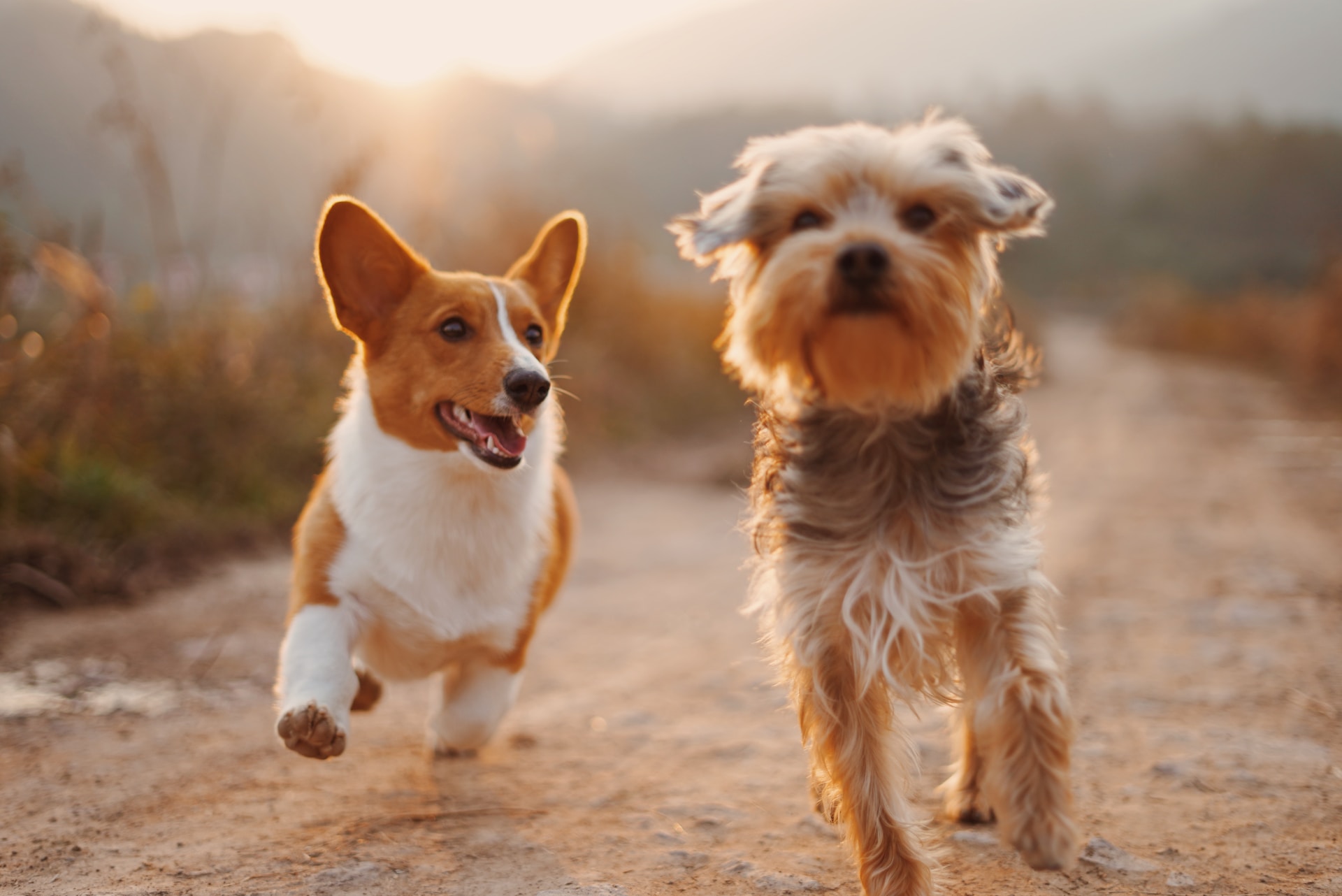 Photo by Alvan Nee on Unsplash
Photo by Alvan Nee on Unsplash
42. Dogs and Physical Therapy
Dogs can be great physical therapy assistants. They encourage owners to take walks and stay active, which is beneficial for both physical and mental health.
 Photo by Wade Austin Ellis on Unsplash
Photo by Wade Austin Ellis on Unsplash
43. Dogs' Body Language
A dog's body language can reveal a lot about their mood and intentions. Understanding this can greatly improve the communication and bond between dogs and their owners.
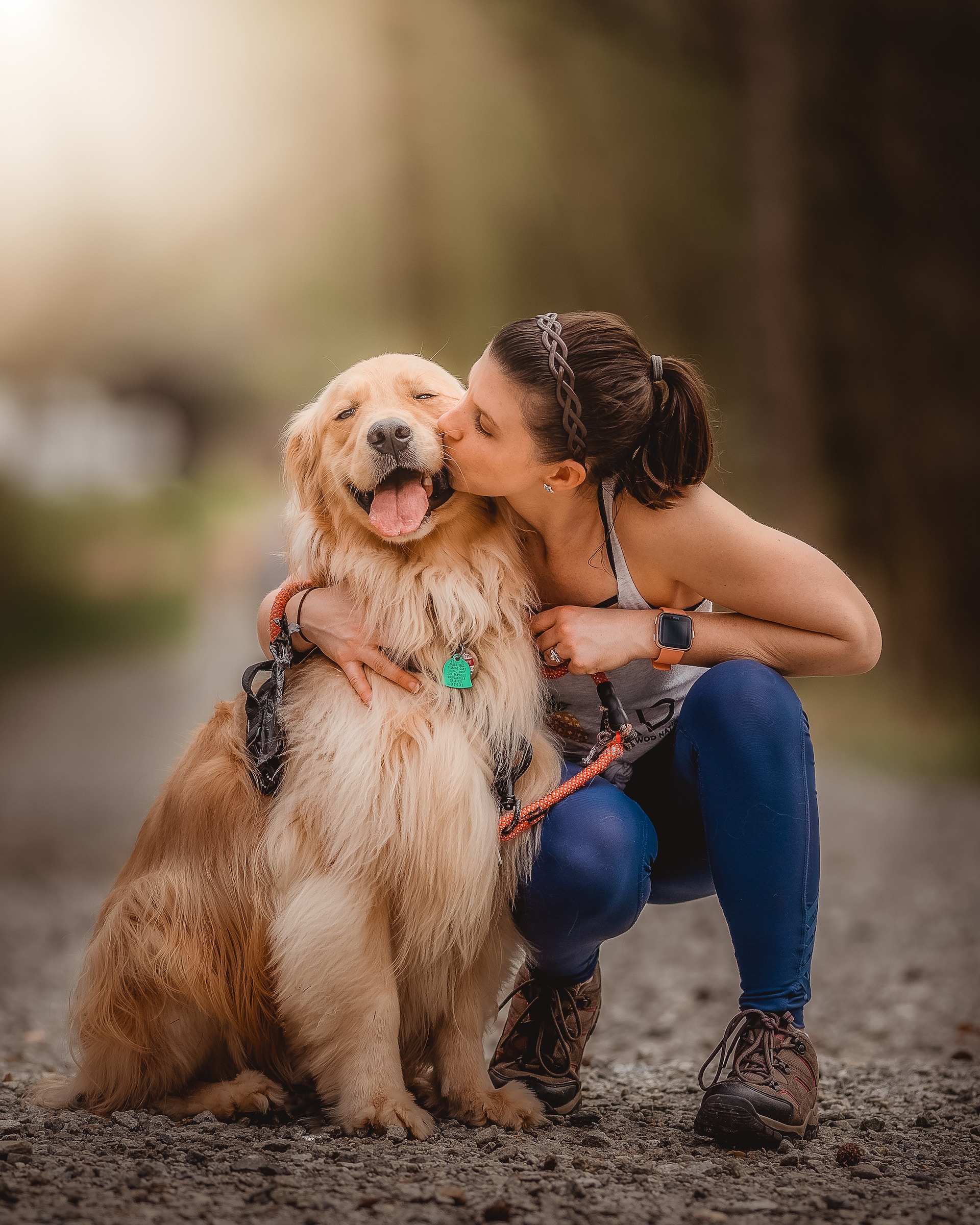 Photo by Nicholas Brownlow on Unsplash
Photo by Nicholas Brownlow on Unsplash
44. The Variety in Dogs' Ears
Dog breeds have a wide variety of ear types - from floppy to pointy, long to short. Each breed's ears contribute to its unique appearance and sometimes its working abilities.
 Photo by kyle smith on Unsplash
Photo by kyle smith on Unsplash
45. Dogs Can Detect Illness
Some dogs can detect illnesses in humans, including cancer and diabetes, through their sense of smell. They are being trained to alert their owners or caregivers about these health issues.





